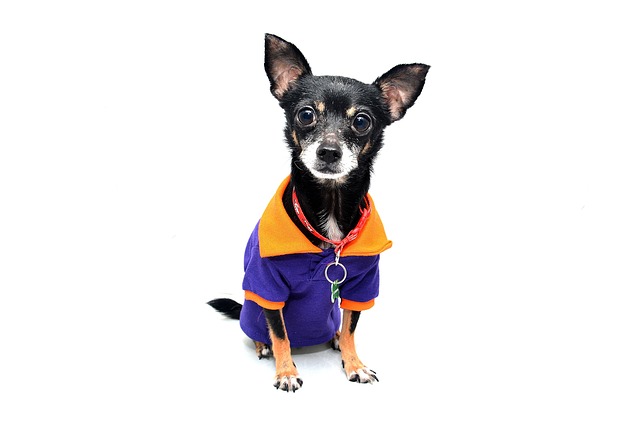
How can I tell if my dog's heatstroke is serious
Let’s be real: It’s a sticky August morning in Los Angeles, and you took your 2-year-old Golden Retriever, Max, for a walk a little later than usual
Watching your puppy bounce toward the door, eager to explore the world outside, is one of the sweetest parts of being a pet parent—but it’s key to wait until their vaccines are working fully. That second puppy vaccination is a big step in keeping them healthy, but knowing exactly when to let them take those first outdoor steps can feel confusing.
Most vets recommend waiting 7 to 10 days after the 2nd puppy vaccination before letting your little one explore the great outdoors. This window gives their immune system time to fully respond to the vaccine, building up the protection needed against common, dangerous diseases like parvovirus and distemper—threats that linger in parks, sidewalks, and even other dogs’ yards. Skipping this wait could leave your puppy vulnerable, even if they seem energetic and healthy on the surface.
Before heading out, double-check your local area’s pet laws—many places require puppies to have their core vaccinations (including that second dose) on file before they’re allowed in public spaces like dog parks or community trails. Some cities also mandate a visible tag or microchip linking to your contact info and vaccination records, so tuck those documents in your bag or sync them to a pet ID app. It’s not just about following rules; it’s about keeping your puppy—and other dogs in the community—safe from preventable illnesses.
 When you do take that first outing, keep it short and low-key. A quick walk around your quiet neighborhood block, avoiding busy streets or areas where lots of dogs gather, is perfect. Let them sniff the grass, explore a few safe plants, and get used to the feel of a harness or leash—but skip letting them interact with unknown dogs until your vet gives the all-clear after their final round of shots. This slow introduction helps reduce stress and keeps their first outdoor experiences positive, setting the stage for happy, confident walks later on.
When you do take that first outing, keep it short and low-key. A quick walk around your quiet neighborhood block, avoiding busy streets or areas where lots of dogs gather, is perfect. Let them sniff the grass, explore a few safe plants, and get used to the feel of a harness or leash—but skip letting them interact with unknown dogs until your vet gives the all-clear after their final round of shots. This slow introduction helps reduce stress and keeps their first outdoor experiences positive, setting the stage for happy, confident walks later on.
Pay attention to your puppy’s behavior during and after the walk, too. If they seem tired, restless, or show any signs of discomfort (like vomiting, diarrhea, or lethargy), contact your vet right away. These symptoms might not be related to the vaccine, but it’s always better to rule out issues early. Also, wipe their paws with a pet-safe wipe when you get home—this removes any potential toxins or germs they picked up from the ground, an extra step that’s easy to add to your post-walk routine.
By waiting the recommended time after the second vaccination, following local laws, and keeping those first outings gentle, you’re giving your puppy the best start to a lifetime of safe, fun adventures outside. Remember, every puppy is different, so if you have questions about their specific vaccine schedule or when to venture out, your vet is your best resource—they know your puppy’s health history and can tailor advice to your area’s unique risks.

Let’s be real: It’s a sticky August morning in Los Angeles, and you took your 2-year-old Golden Retriever, Max, for a walk a little later than usual

You're enjoying a summer afternoon at the park when you notice your dog has stopped panting and appears disoriented - their gums are bright red

Let’s paint the picture: You’re in your Denver apartment, watching your 4-year-old Boston Terrier, Ruby, plop down mid-play session with her favorite toy

Many dog owners notice their pets nails seem shorter after regular walks,but how much does this daily activity actually help?The answer depends on where you walk—concrete sidewalks or asphalt streets gently file nails as a dog's paws hit the ground

Most dog owners notice their pup scooting across the carpet at some point, but few connect it to impacted anal glands. These small sacs near a dog’s rectum secrete a scent for marking territory

Most vets agree that regular dog teeth cleaning is key to avoiding painful dental issues later. For healthy adult dogs, a professional cleaning at the vet’s office every 12 to 18 months usually works well.